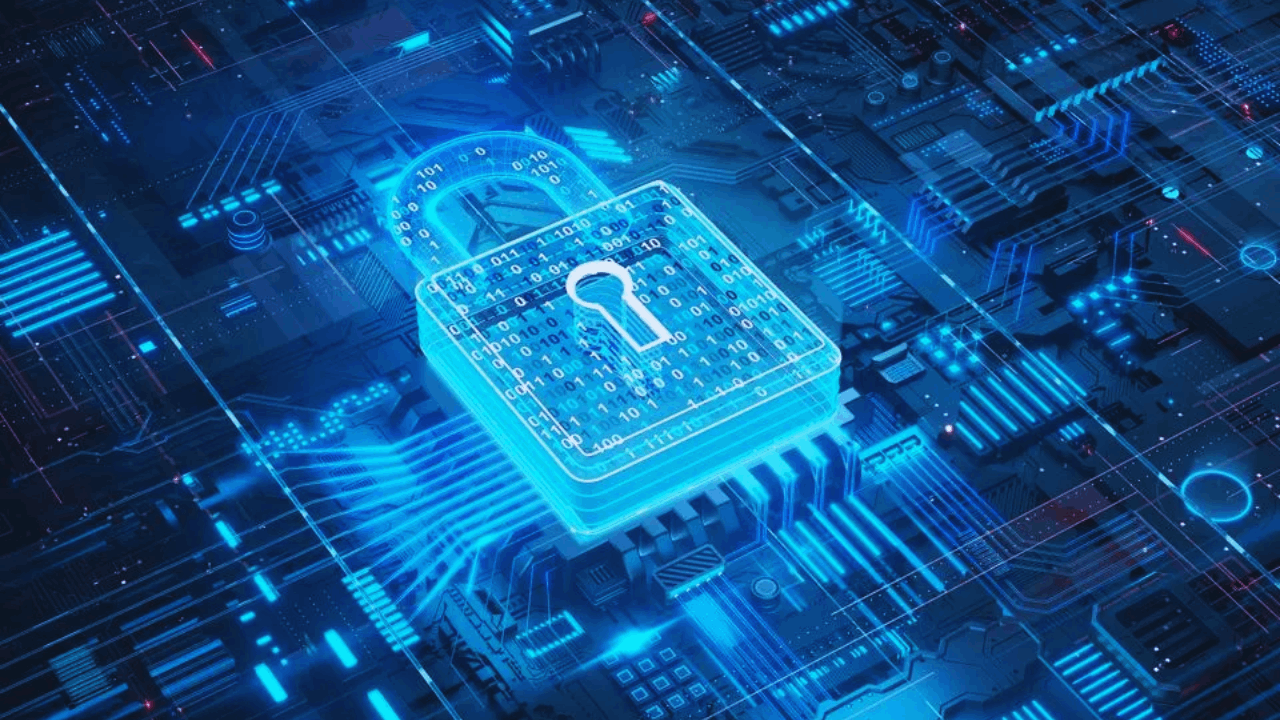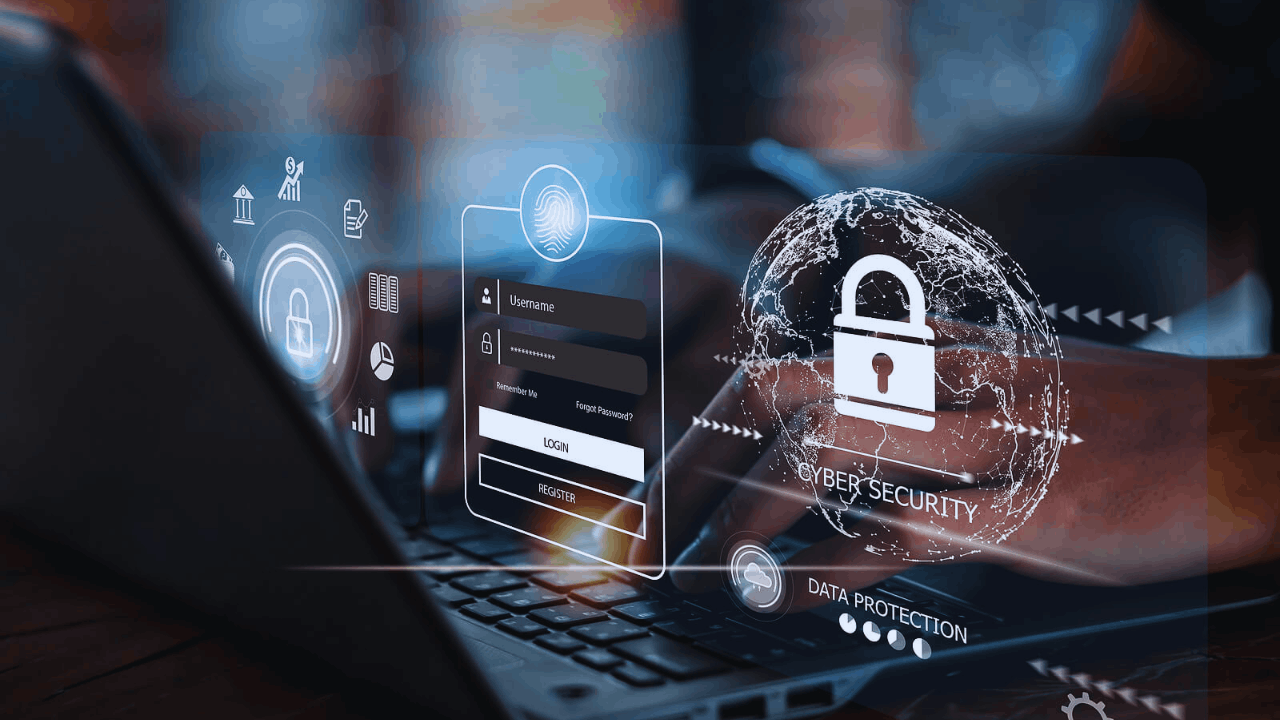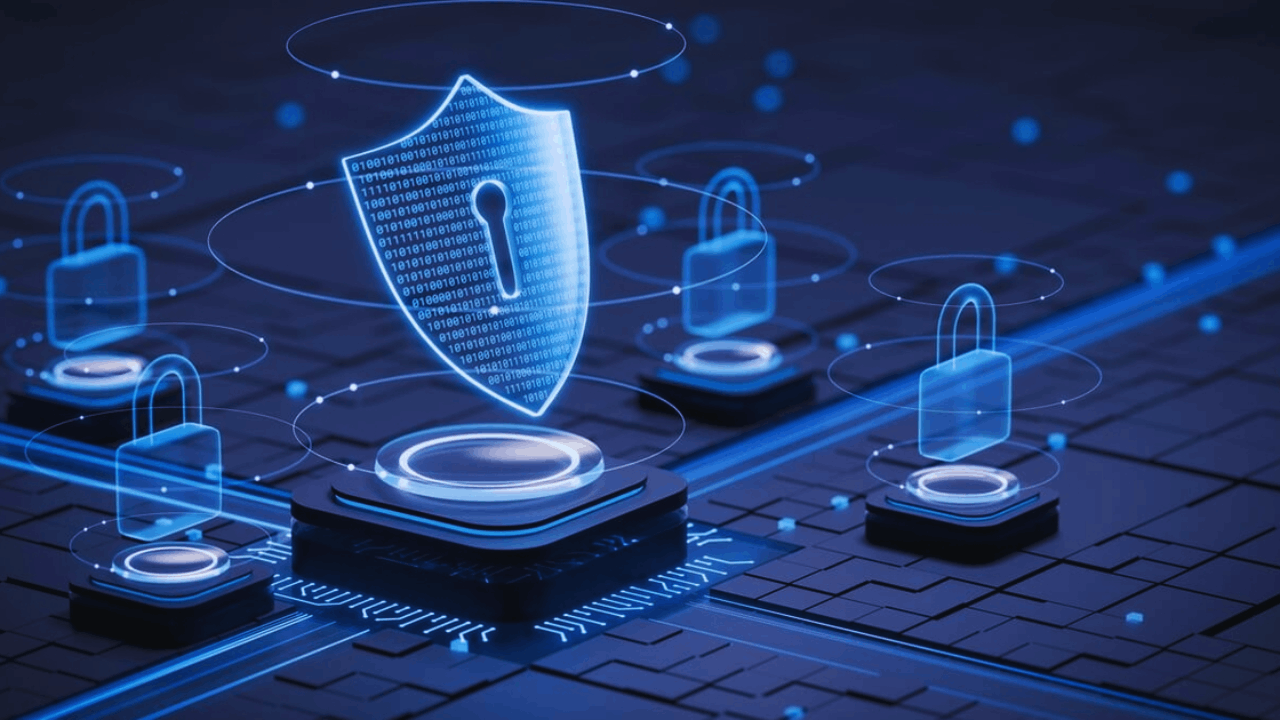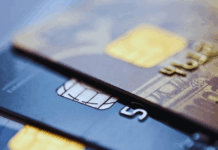As digital activity continues to expand, securing personal and professional data has become more critical than ever.
Many users are now looking for reliable ways to protect sensitive information using advanced cybersecurity technology.
From financial transactions to private communications, everything we do online can be vulnerable without the right safeguards. Learning how to use modern protection tools is the first step toward building a safer digital life.

Understanding How Cybersecurity Technology Works
Cybersecurity solutions operate by identifying threats, blocking intrusions, and maintaining data integrity. These technologies are designed to monitor systems, detect unusual behavior, and respond before damage occurs.
Whether it’s antivirus software or secure networks, every tool plays a role in maintaining online safety. Users who understand these functions can better defend their information.

Firewalls Act as Digital Gatekeepers
A firewall monitors incoming and outgoing network traffic, blocking unauthorized access. It serves as a barrier between your device and potentially harmful content from the internet.
Both hardware and software versions exist, offering protection at different levels. Keeping a firewall active significantly reduces exposure to threats.
Antivirus Programs Prevent and Remove Malware
Antivirus technology scans devices for known malware such as viruses, spyware, or ransomware. These programs run in the background and are constantly updated with new threat definitions.
Once a threat is detected, it is either removed or quarantined automatically. Regular use ensures your files and programs remain secure.
Encryption Secures Data in Transit and at Rest
Encryption converts readable data into an unreadable format until it is unlocked with a key. This protects information as it moves across networks or stays stored in devices.
Services that offer end-to-end encryption ensure only the intended recipient can access the content. It provides strong defense against interception and theft.
Strengthening Device Security With Built-In Features
Most modern devices now include built-in security tools that help reduce risk. Users can activate these features to create another layer of defense against unauthorized access.

From fingerprint readers to software updates, these internal tools enhance the effectiveness of broader cybersecurity efforts. Leveraging these options improves overall resilience.
Biometric Authentication Adds Physical Protection
Biometric systems use facial recognition, fingerprints, or iris scans to confirm identity. This makes unauthorized access much harder since it requires a physical match.
These tools are now standard on many phones and laptops. They simplify logins while maintaining high levels of security.
Operating System Updates Fix Vulnerabilities
Hackers often exploit software bugs that are left unpatched. Regular updates repair these weaknesses and improve system defenses.
Setting your system to update automatically ensures that new protections are always in place. Neglecting updates creates gaps that can be exploited easily.
Device Locking Prevents Unauthorized Access
Lock screens with strong passwords or PIN codes are essential for mobile and desktop security. Devices that are lost or stolen remain inaccessible without proper credentials.
Activating remote wipe features adds further protection in worst-case scenarios. These settings are simple but effective in guarding personal data.
Securing Online Activity Through Network Controls
Using the internet safely involves more than just device-level protections. The networks we connect to can expose us to risks if not secured properly.

Public Wi-Fi, untrusted routers, and unsecured websites are common points of entry for attackers. Controlling how and where data flows is part of responsible digital behavior.
Virtual Private Networks Encrypt Internet Connections
A VPN establishes a secure tunnel between your device and the internet, concealing your location and online activity. This is especially useful when using public networks in airports, cafes, or hotels.
Data passing through a VPN is encrypted, making it unreadable to outsiders. The added privacy protects your identity and browsing habits.
Secure Web Browsers Offer Privacy Tools
Some browsers are built to minimize data collection and block harmful scripts or pop-ups. Features like tracker blocking, sandboxing, and HTTPS enforcement help reduce risks.
Choosing the right browser can lower your exposure to phishing and malware. It also improves browsing speed by limiting unwanted activity.
Avoiding Unsecured Websites Prevents Data Leaks
Websites that do not use HTTPS do not encrypt the data you send or receive. Visiting these sites can expose sensitive information to attackers monitoring the network.
Always look for the lock icon in the browser bar before entering login details. Avoiding these risky sites is a simple yet powerful habit.
Managing Accounts With Smart Authentication Practices
Passwords are often the first defense against intrusion, but they are also among the weakest links. Enhancing account security requires more than just creating complex logins.

Multi-factor systems and password managers offer better control and accountability. These steps make it harder for bad actors to gain access.
Multi-Factor Authentication Adds a Layer of Safety
MFA requires users to verify their identity through two or more methods. Common combinations include passwords plus text codes, app confirmations, or biometric scans.
This system protects accounts even if one method is compromised. Enabling MFA on all major platforms reduces the chances of unauthorized entry.
Password Managers Store and Generate Strong Logins
Remembering multiple strong passwords can be difficult and risky if written down. Password managers create, store, and autofill secure credentials across your devices.
These tools encrypt your login data, making it inaccessible without your master password. They reduce the temptation to reuse passwords across sites.
Changing Passwords Regularly Reduces Risk
Passwords that remain unchanged over time become easier to breach. Frequent updates help limit long-term exposure in case of data leaks.
Set reminders to rotate your credentials every few months for critical accounts. This habit strengthens your digital defense without much effort.
Protecting Personal Information From Digital Threats
Many cyber threats are designed to steal private information for malicious use.

These can come in the form of fake emails, compromised downloads, or misleading websites.
Recognizing the signs of potential scams is essential for safe internet usage. Education and vigilance are crucial to staying protected.
Phishing Attacks Trick Users Into Sharing Data
Phishing emails often mimic legitimate messages and request sensitive information. Clicking on links in these emails can lead to fake websites designed to capture login details.
Always verify the sender’s address and avoid downloading unknown attachments. Being skeptical of unexpected requests is a valuable habit.
Fake Apps and Software Can Deliver Malware
Some malicious programs pose as games, tools, or updates to trick users into installing them. These apps may collect personal data, track activity, or damage devices once installed.
Only download software from verified sources such as official app stores. Reading user reviews and checking permissions helps avoid harmful programs.
Oversharing Online Increases Exposure
Social media posts can reveal more than you intend. Personal details like birthdays, addresses, and routines can be used for identity theft or phishing schemes.
Adjusting privacy settings and limiting public information reduces this risk. Think carefully before posting sensitive content.
Responding Quickly to Cybersecurity Incidents
Even with strong protection in place, no system is completely immune. Having a response plan helps limit damage and recover quickly from incidents.

Whether it’s identifying unusual activity or contacting your bank, knowing what to do matters. Fast action can prevent small issues from becoming larger crises.
Recognizing the Signs of a Breach
Slow system performance, unknown programs, or strange login alerts may indicate a breach. These early warnings should never be ignored.
Investigating and acting quickly can prevent further harm. Paying attention to your digital environment helps you stay in control.
Disconnecting Compromised Devices Limits Spread
If you suspect that a device has been infected, removing it from the internet is a critical first step. This halts data transmission and reduces the risk of other systems being affected.
Running a full security scan can then isolate and remove the threat. Timely action is the best defense in these situations.
Notifying Relevant Parties Helps Contain Damage
When sensitive data is exposed, alerting banks, contacts, or service providers can reduce harm. Passwords should be changed immediately, and accounts reviewed for suspicious activity.
In severe cases, professionals may need to assist with recovery. Transparency and quick communication improve outcomes.
Conclusion
Investing in cybersecurity technology is no longer optional in today’s digital world. From smart authentication and encrypted connections to proactive monitoring and fast response, each tool strengthens your ability to defend valuable data.
By understanding how these technologies work and applying them with discipline, you create a digital environment that supports privacy, security, and peace of mind. Protecting your data begins with awareness and continues with consistent, informed action.



